Rain on the Prairie
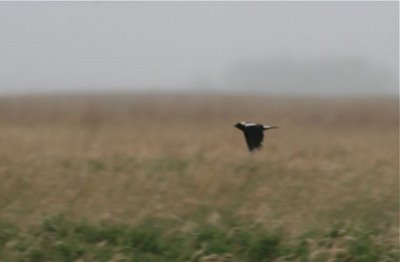
Traveling for the month of June builds up a powerful backlog of photos. I was mildly surprised to see that I had taken 1,000 images in Utah alone. My computer gagged, but accepted them. I now shoot on Medium resolution, as I have admitted to myself that my photos are merely snapshots whose highest purpose is to appear on this blog. There is no need to have a dozen images of the same butterfly at 10.1 megapixels each. Nor does Chet Baker's slightest glance need to be documented at that resolution. I know there are those who might argue...but when you're talking that kind of volume, you have to economize somewhere.
So. Maine, North Dakota, or Utah? Shall I handle them in the order in which they occurred? Do I dare to eat a peach?
All right, then. It will be North Dakota first. To the prairie we go.
The last three years we've visited the Potholes and Prairies festival in Carrington, ND, we've had a fair dose of rain. "Embrace the Weather" is a field trip leader's only choice. Work a little harder to see the extra beauty in a rainy prairiescape.
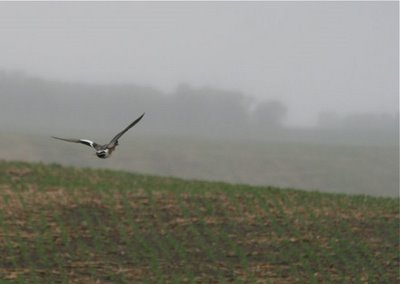 An American wigeon takes flight over young corn.
An American wigeon takes flight over young corn.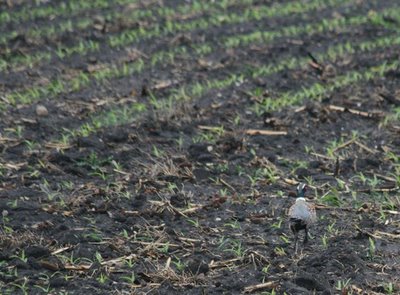 A ring-necked pheasant walks the rows.
A ring-necked pheasant walks the rows.It takes a bit of extra work to find birds in these conditions, too. My co-leader, Bruce, disappeared for a bit, and started walking resolutely out in a huge loop over the waving grass. As I watched, it occurred to me what he was up to. My hunch was proven good when five sharp-tailed grouse came rocketing by us. Bruce had been our bird-dog. It took him a good 45 minutes to complete the loop, but everyone got wonderful looks at these big tan birds.
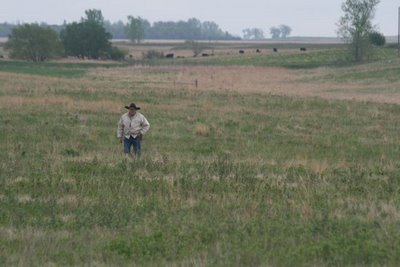 What a nice man, what a nice thing to do. I was impressed at how beautifuly he orchestrated the flyby. Sharp-tailed grouse are native, unlike ring-necked pheasants (imported from China and naturalized). Gray, or Hungarian partridges were also imported for hunting, and are much sought-after by birdwatchers looking to enlarge their life lists.
What a nice man, what a nice thing to do. I was impressed at how beautifuly he orchestrated the flyby. Sharp-tailed grouse are native, unlike ring-necked pheasants (imported from China and naturalized). Gray, or Hungarian partridges were also imported for hunting, and are much sought-after by birdwatchers looking to enlarge their life lists. 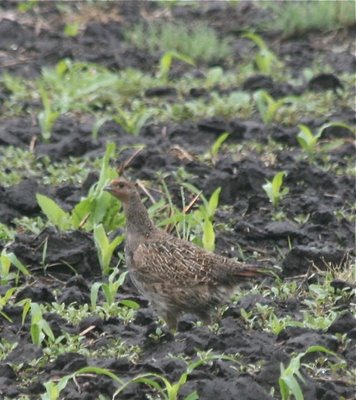
You tend to find them in newly planted fields with lots of exposed soil. Perhaps that's just where they're more visible. This little male momentarily lost track of his companions and is calling to them.
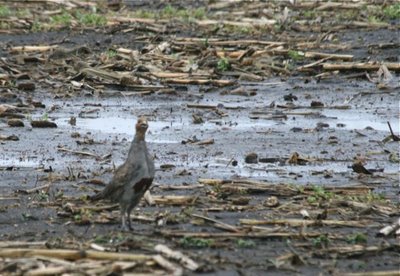
Pale-morph red-tailed hawks like this Krider's are frequently seen on the northern Plains. Note the white head and tail.
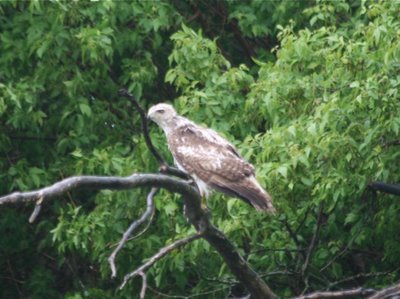
Please pardon these photos; it was pouring (as it is now, as I write--POURING.)
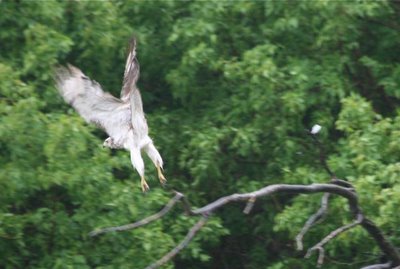 Inundated marshes everywhere in North Dakota ring with the klonk and whirr of yellow-headed blackbirds.
Inundated marshes everywhere in North Dakota ring with the klonk and whirr of yellow-headed blackbirds.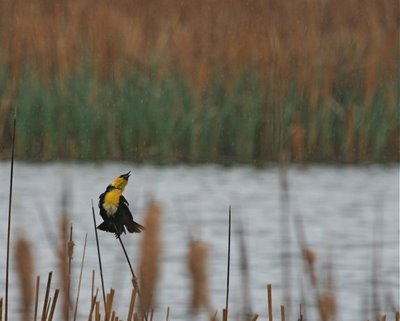 He's singin' in the rain.
He's singin' in the rain.An eastern kingbird is sufficiently disheveled to reveal its hidden crown patch of yellow-orange--kinglet like, and previously unknown to many birders on our trip.
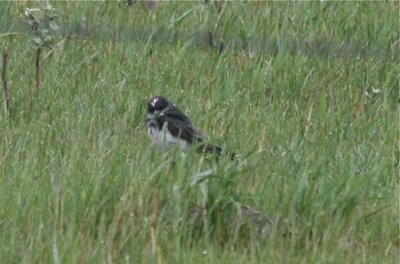
Speaking of previously unknown, birding with natives invariably teaches us things we never knew. Ann Haffert exclaimed, "Oh, look! Green goslings!" And sure enough, the newly-hatched Canada geese did have a distinctly green tinge, which fades to yellow within a day or two.
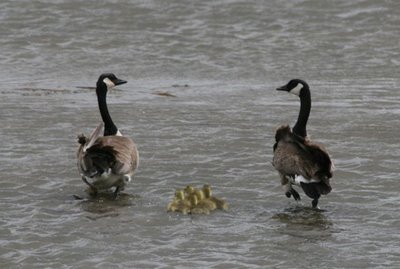
Then, it goes to brown.
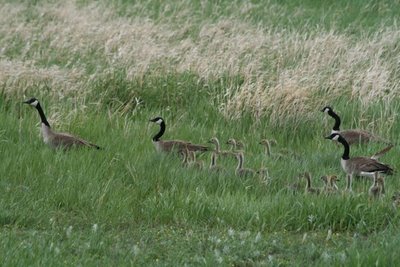
Whether it cleared up or not, there would be beauty at every turn on this rainswept prairie.
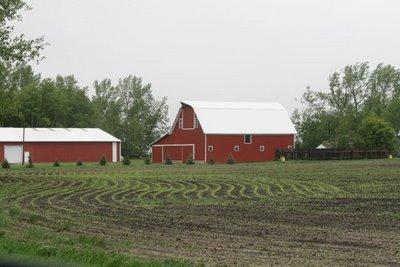
Labels: gray partridge, Krider's red-tailed hawk, North Dakota





